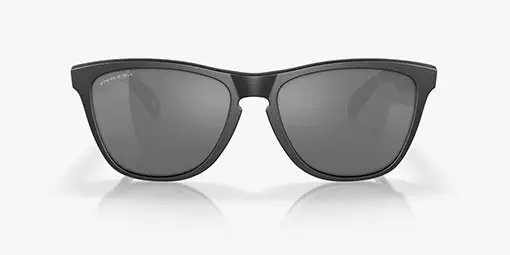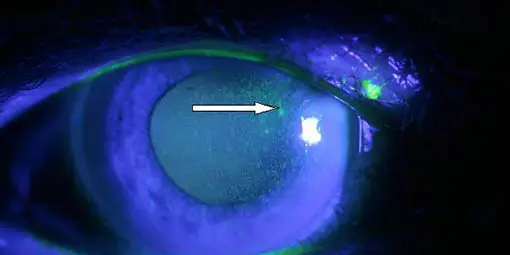Photochromic Lenses: Pros and Cons
26-03-2023
Photochromic eyeglass lenses, also known as Transitions™ lenses, are lenses that change colour based on the amount of UV light they are exposed to. They are a popular choice for people who wear glasses and want to have both prescription lenses and sunglasses in one pair of glasses. However, like any product, there are pros and cons to using photochromic lenses.
Pros of Photochromic Lenses
- One of the most significant advantages of photochromic lenses is their convenience. They can adjust to different lighting conditions, which means that you don't have to switch between regular glasses and sunglasses. This is especially beneficial for people who spend a lot of time outdoors, such as hikers or joggers.
- Photochromic lenses are designed to protect your eyes from harmful UV rays. This is important because exposure to UV rays can cause serious eye damage, including cataracts and macular degeneration. Photochromic lenses can block up to 100% of UV rays, which can help prevent these conditions.
- Photochromic lenses are available in a wide range of styles, including prescription lenses, bifocal lenses, and progressive lenses. This means that you can get the right type of lens for your specific needs and preferences. Additionally, photochromic lenses are available in a range of colors, including gray, brown, and green.
- While photochromic lenses may cost more than regular lenses, they can be cost-effective in the long run. Instead of having to purchase two separate pairs of glasses (one with prescription lenses and one with sunglasses), you only need one pair. This can save you money over time.
Cons of Photochromic Lenses
- One of the most significant drawbacks of photochromic lenses is the amount of time it takes for them to activate. Depending on the brand and model, it can take up to several minutes for the lenses to darken in bright sunlight. This means that you may have to wait before you can comfortably see in bright sunlight.
- Photochromic lenses can also be sensitive to temperature. In very cold weather, the lenses may not darken as much as they would in warm weather. This can be problematic for people who live in cold climates or who spend a lot of time outdoors in the winter.
- While photochromic lenses are available in a range of colors, the tint range is limited compared to traditional sunglasses. This means that they may not be suitable for people who need a very dark tint to protect their eyes in bright sunlight.
- Photochromic lenses are more expensive than traditional lenses, which means that they can be costly to replace if they get scratched or damaged. Additionally, some insurance plans may not cover the cost of replacing photochromic lenses.
New Generation Lenses
New generation photochromic lenses, like Transitions XTRActive and Hoya's Sensity Dark,improve on the performance of their predecessors by offering:- New generation lenses return from a dark to a clear lens faster than ever, providing up to 35% faster fadeback.
- New generation lenses are extra dark outdoors and the darkest photochromic light intelligent lens in hot temperatures. They are the only photochromic lens to achieve a category 3 level of darkness when it's hot - the same level as sunglasses.
- New generation lenses are the darkest photochromic lens in the car, helping to protect your eyes from bright sunlight while driving. The lenses react to light intensity rather than to UV light.
Photochromic lenses can be a convenient and cost-effective solution for people who want both prescription lenses and sunglasses in one pair of glasses. They offer protection from harmful UV rays, come in a variety of styles, and can be cost-effective in the long run. However, they do have some drawbacks, including a longer activation time, temperature sensitivity, limited tint range, and higher replacement cost. Ultimately, the decision to use photochromic lenses depends on your personal preferences and needs. If you are considering photochromic lenses, it's a good idea to discuss your options with an eye care professional to determine if they are the right choice for you.
Schedule An AppointmentFYEyes Blog Posts

Transitions vs. Transitions XtrActive Lenses
Understand the difference between Transitions and XtrActive lenses.

Polarized Sunglasses
Looking to minimize glare and reduce eye strain? Polarized sunglasses may be for you.

The Benefits of Wearing Sunglasses
Sunglasses offer numerous health benefits. Learn more.

Photokeratitis
Protecting your body from the sun is important. Your eyes are no exception.

Children's Glasses
Invest in your child's health and future with eyeglasses professionally custom-crafted to their individual needs and active lifestyles.

Women's Glasses
Upgrade your vision and your look with new women's eyeglass styles. Find your new vision and look at our Edmonton optical.

Men's Glasses
See your best and be your best with eyeglasses designed specifically for your work environment and lifestyle preferences.
